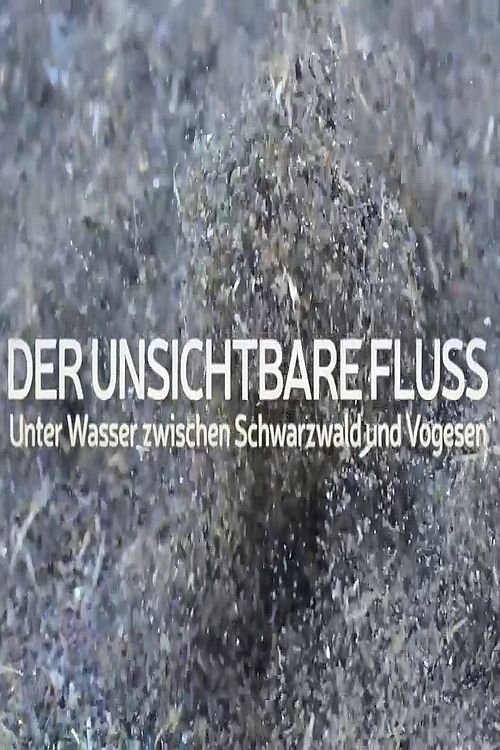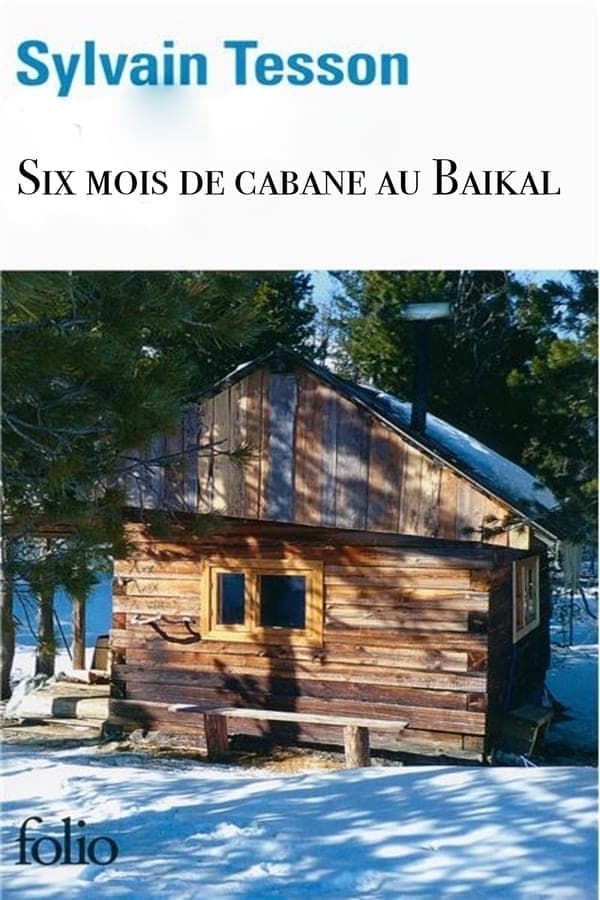Cuba's Wild Revolution (2019)
• June 9th, 2019 • 0h 52min
Documentary
Overview
As the largest island in the Caribbean, Cuba is host to spectacular wildlife found nowhere else on the planet: from the jumping crocodiles of the Zapata swamp to the world's tiniest hummingbird, from thousands of migrating crabs to giant, bat-eating boas that lie in wait for easy prey. Decades of a socialist, conservation-minded government, American embargoes and minimal development have left the island virtually unchanged for 50 years. As international relations ease, what will become of this wildlife sanctuary?
Make sure to check your pop-up blocker!!
Trailer
Similar Movies
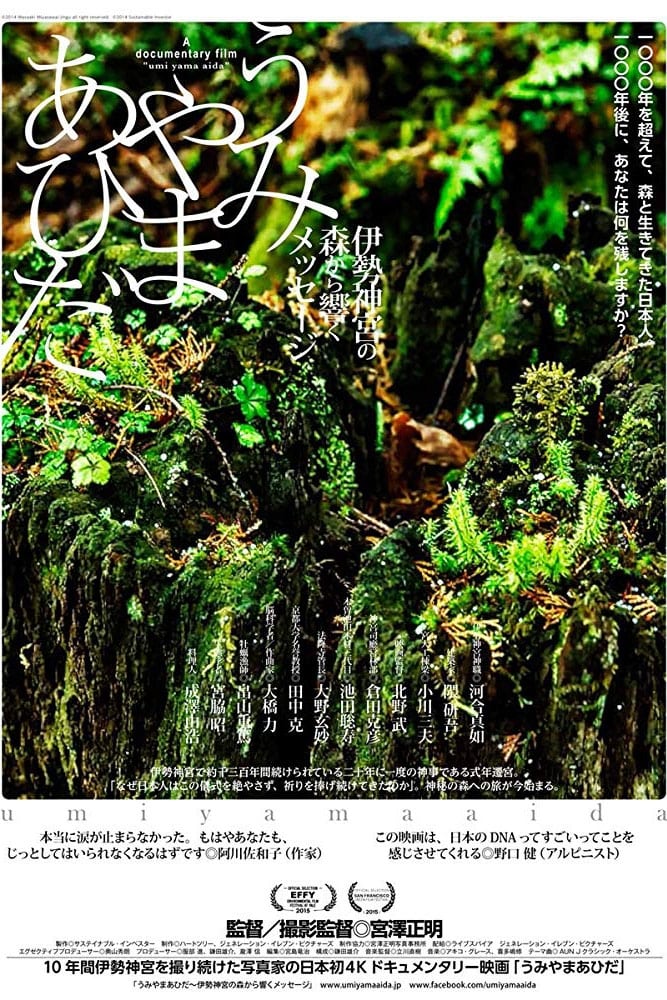
In Between Mountains and Oceans
Released on: 2014-04-11
Documentary
Finding their place between the forest and the sea, the Japanese have always felt awe and gratitude ...
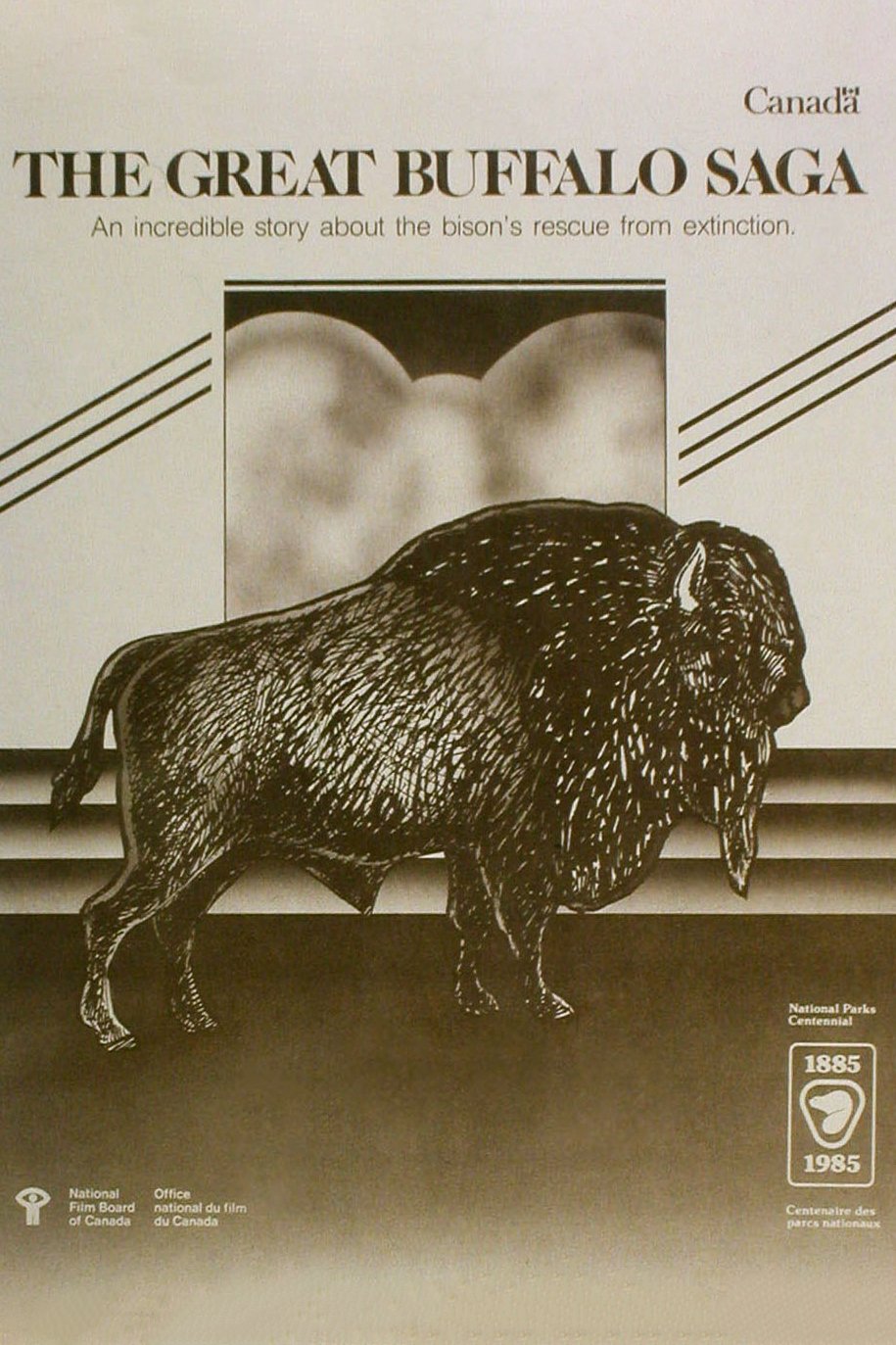
The Great Buffalo Saga
Released on: 1985-08-03
Documentary
By the late 1800s the free-ranging buffalo of the western plains of North America were almost extinc...
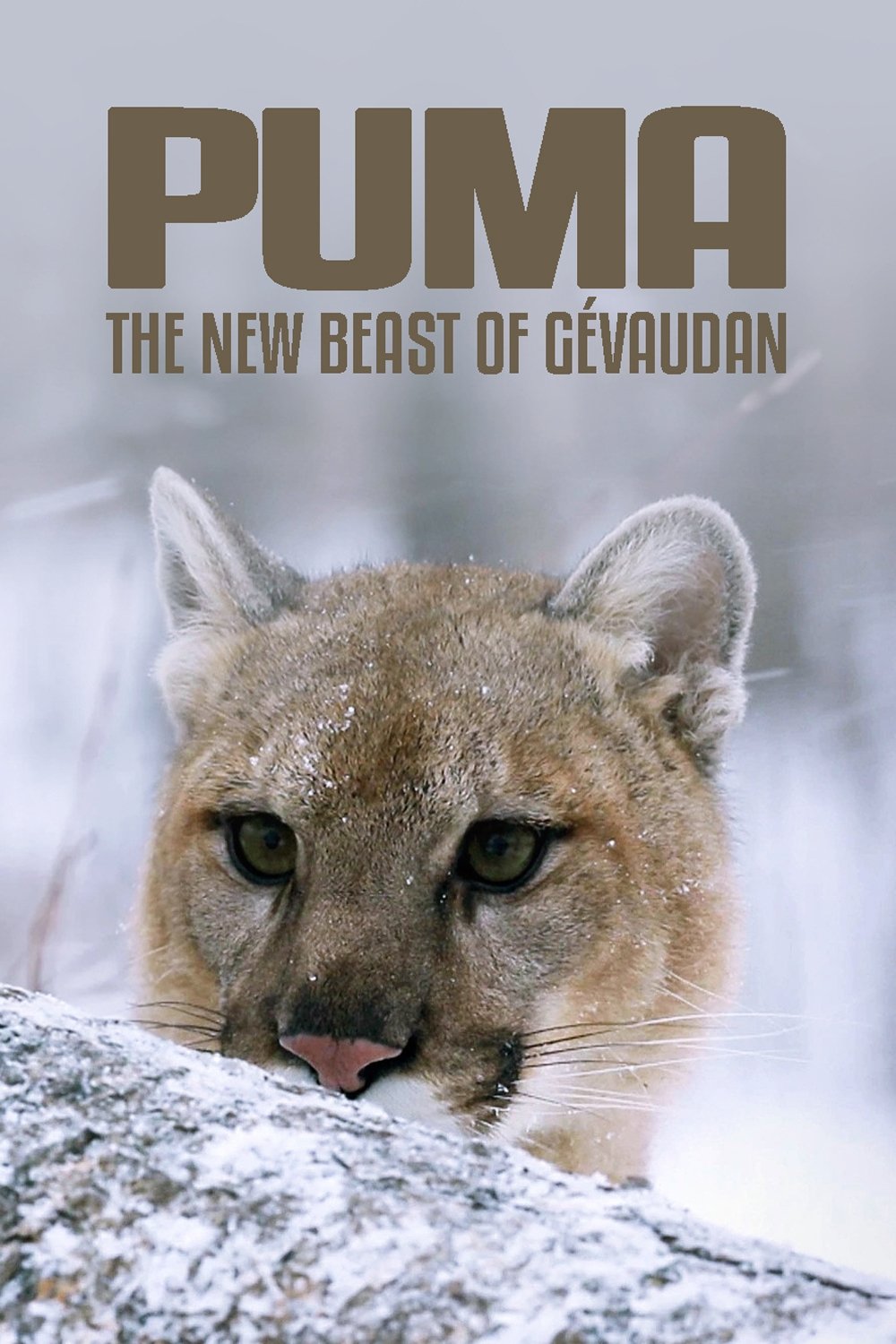
Cougar: On the Trail of the Ghost Cat
Released on: 2019-05-22
Documentary, TV Movie
In the heart of southern France there is a fog-prone area where, according to legend, a bloodthirsty...

Return of the Swift Fox
Released on: 1988-01-01
Documentary
A documentary about returning the swift fox, the smallest of Canada's native foxes, into its origina...

Endangered Species
Released on: 2004-08-28
Documentary
We have volunteered for the Earth Conservation Corps to restore the Anacostia river and the Washingt...

Temples of Time
Released on: 1973-01-01
Documentary
Filmed in the Canadian Rockies and in Garibaldi Park, this documentary features magnificent footage ...
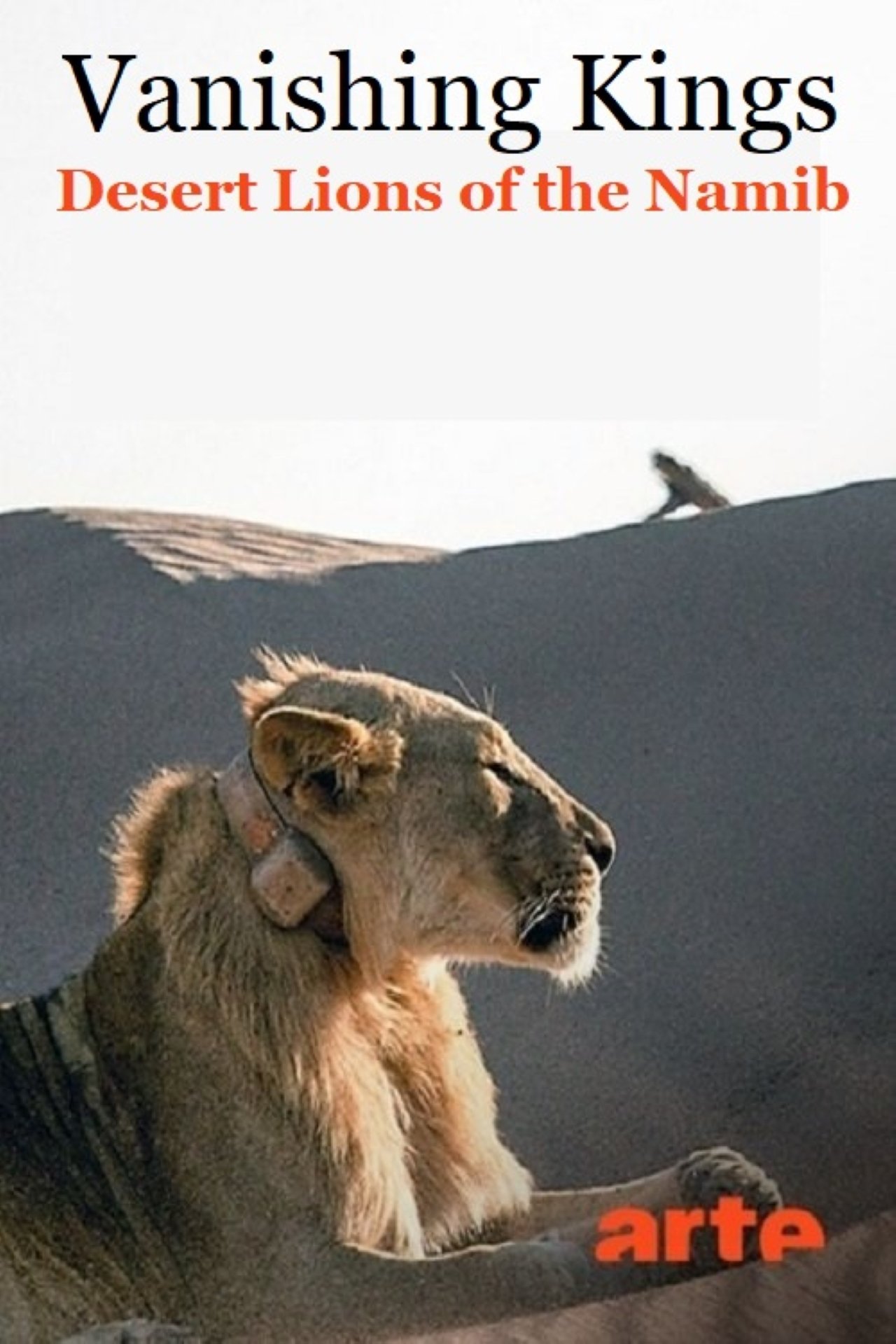
Vanishing Kings: Desert Lions of Namib
Released on: 2015-05-27
Documentary
On the edge of the Namibian desert, cattle farmers are looking for new land to graze their animals. ...

Grotta
Released on: 2023-11-21
Documentary
In 1907 Herman Hesse spent a few days mediating and fasting in a cave near Monte Verità. During thes...

The Cuban Game
Released on: 2001-11-23
Documentary
A documentary depicting Cuba/US relations through baseball.
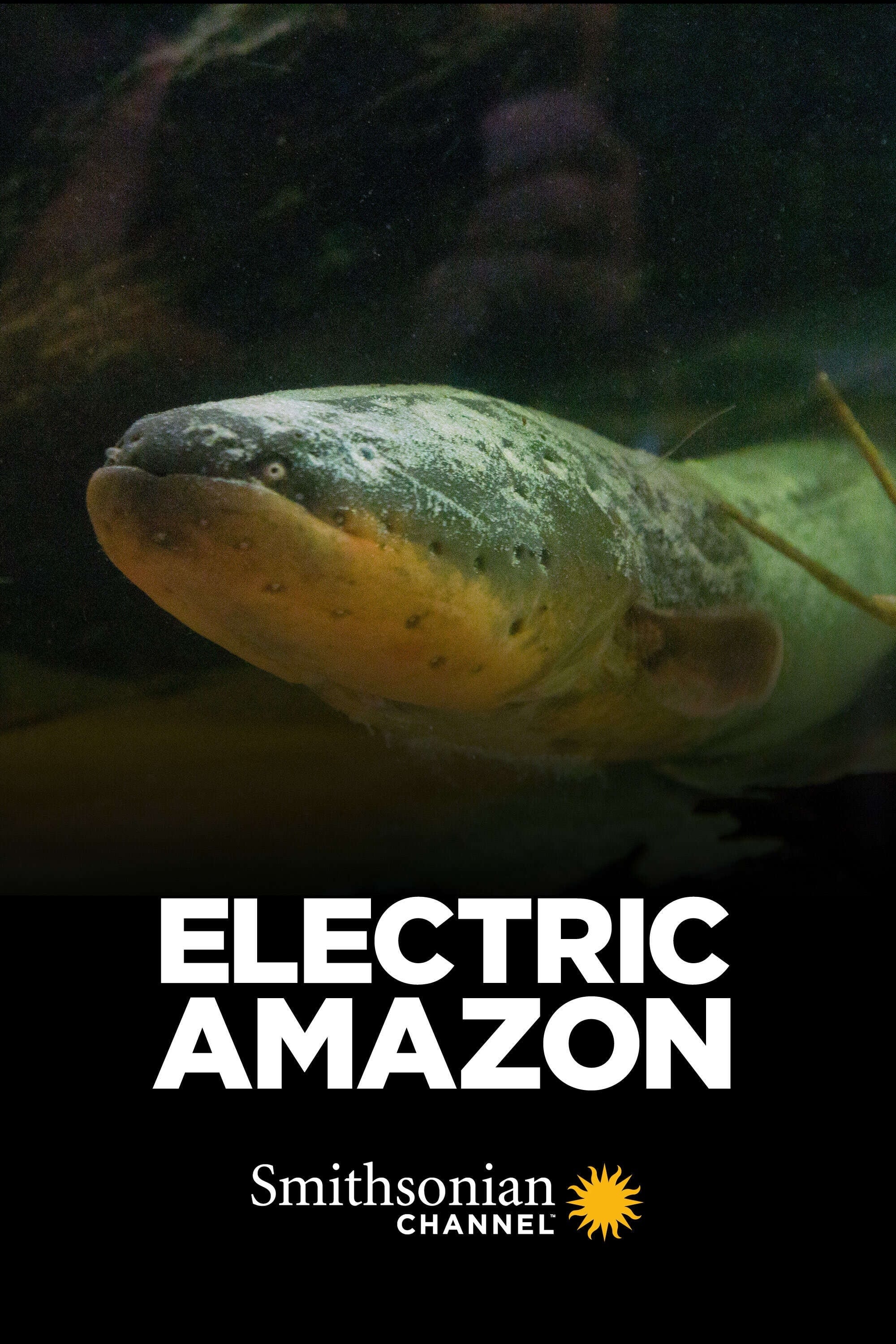
Electric Amazon
Released on: 2015-07-01
Documentary, TV Movie
The Amazon is one of the wildest and least explored parts of the planet. Encompassing 6 countries an...
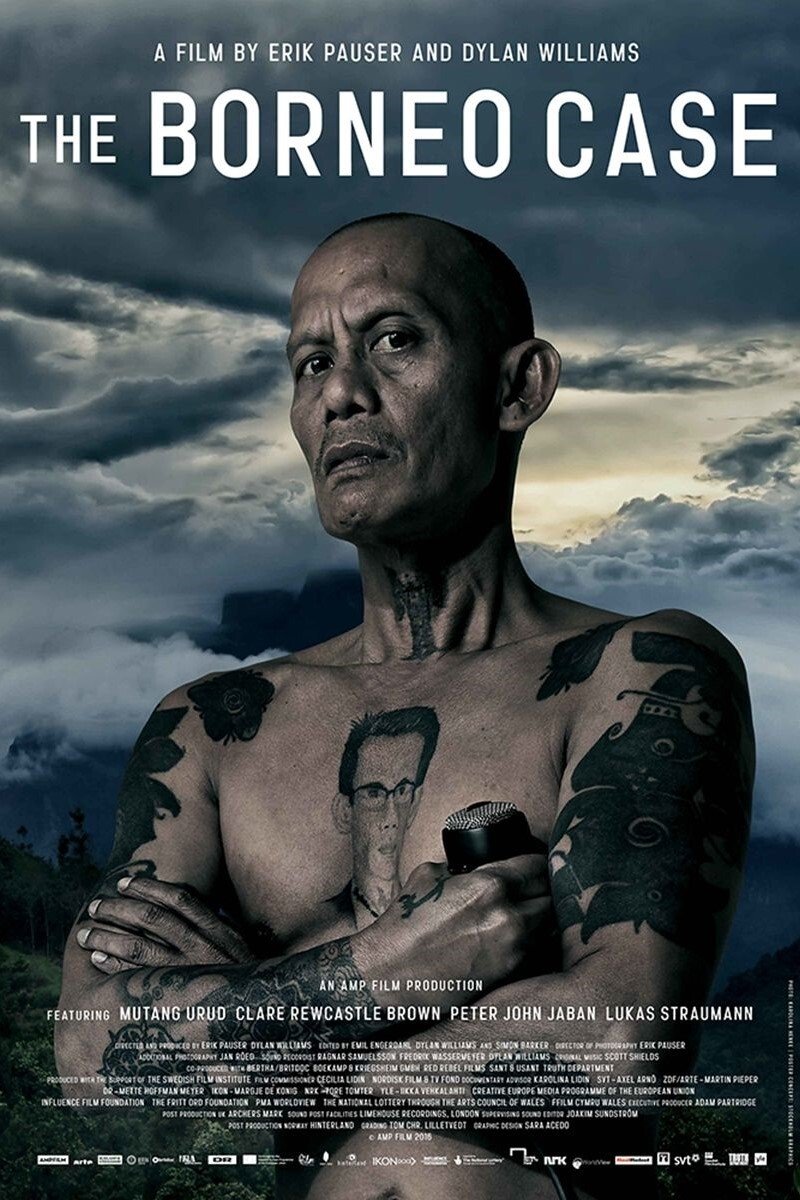
The Borneo Case
Released on: 2017-09-15
Documentary
The Borneo Case is a unique story filmed over 25 years and tells the epic tale of how the rainforest...
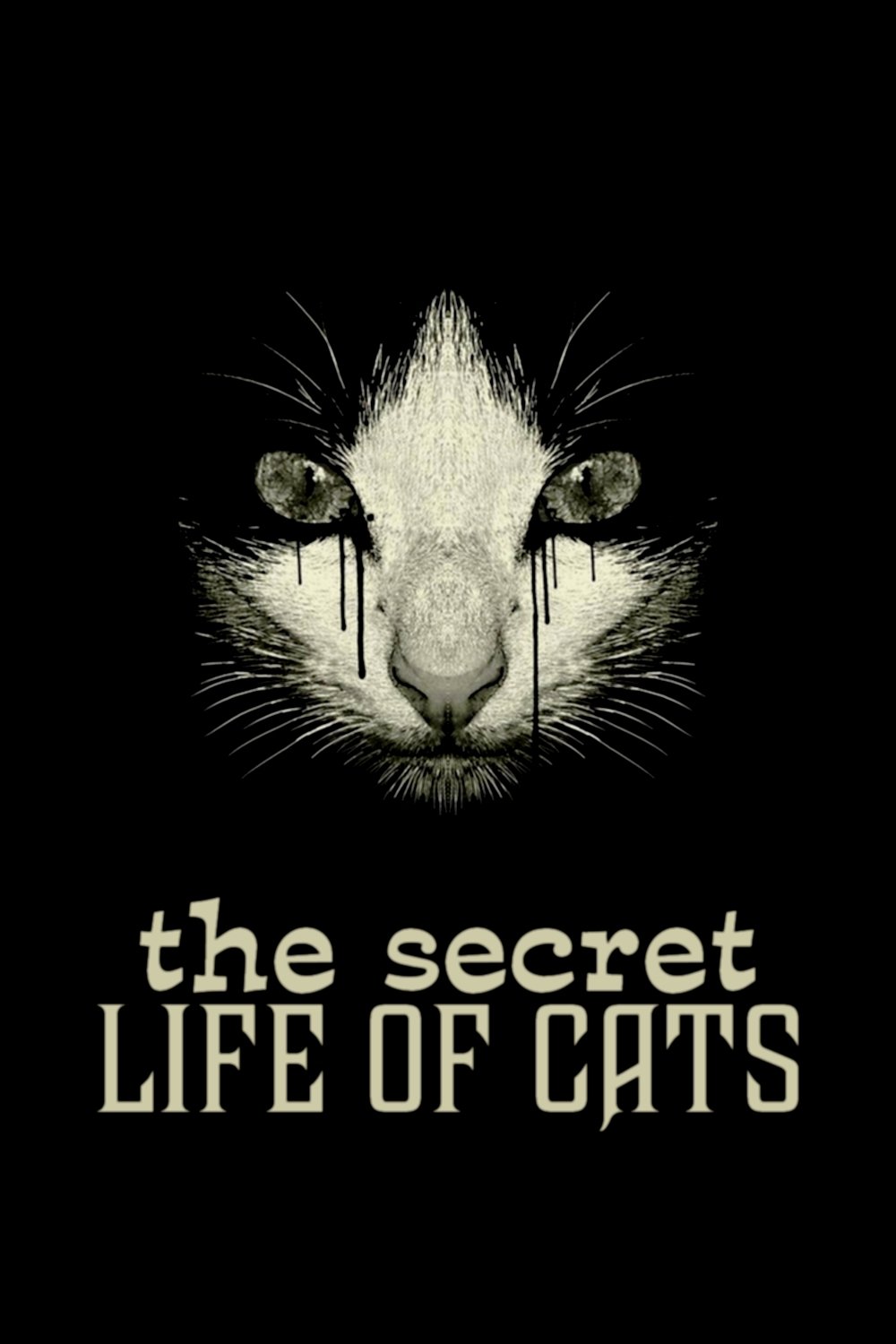
The Secret Life of Cats
Released on: 2014-06-02
Documentary
It is believed that cats are just indifferent and egotistic; but they are more complex, interesting ...

The Treasures of the Depths
Released on: 2014-01-01
Documentary
In the abyss of the ocean lies a world of mysteries and sunken treasures. But the laws governing the...
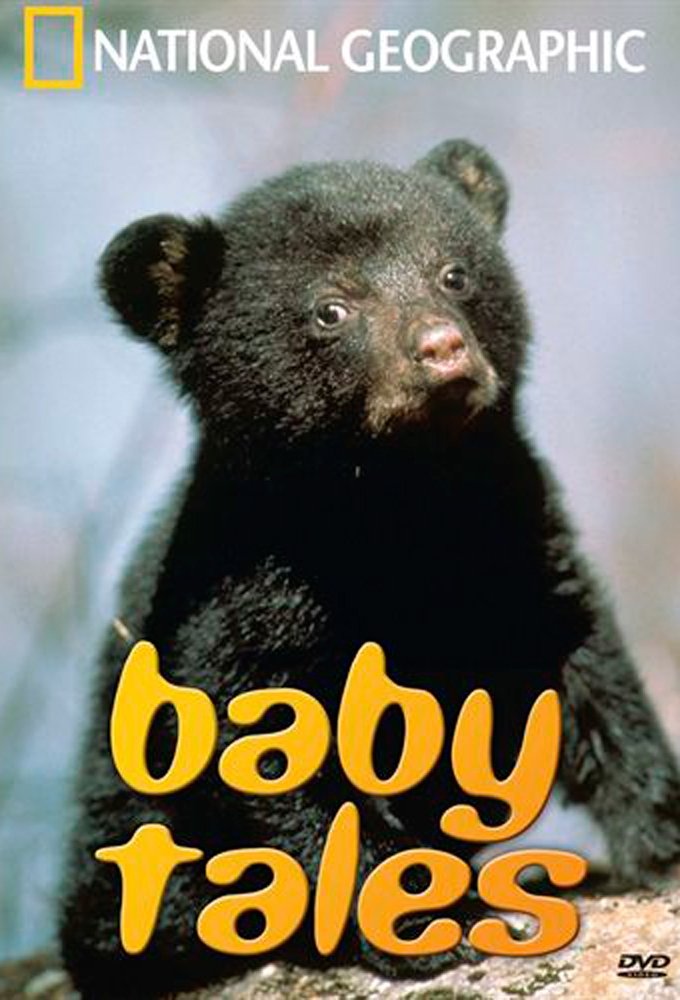
Baby Tales
Released on: 2004-04-26
Documentary, TV Movie
What do we know about these tiny animals that touch us so much? This film presents the life and deve...
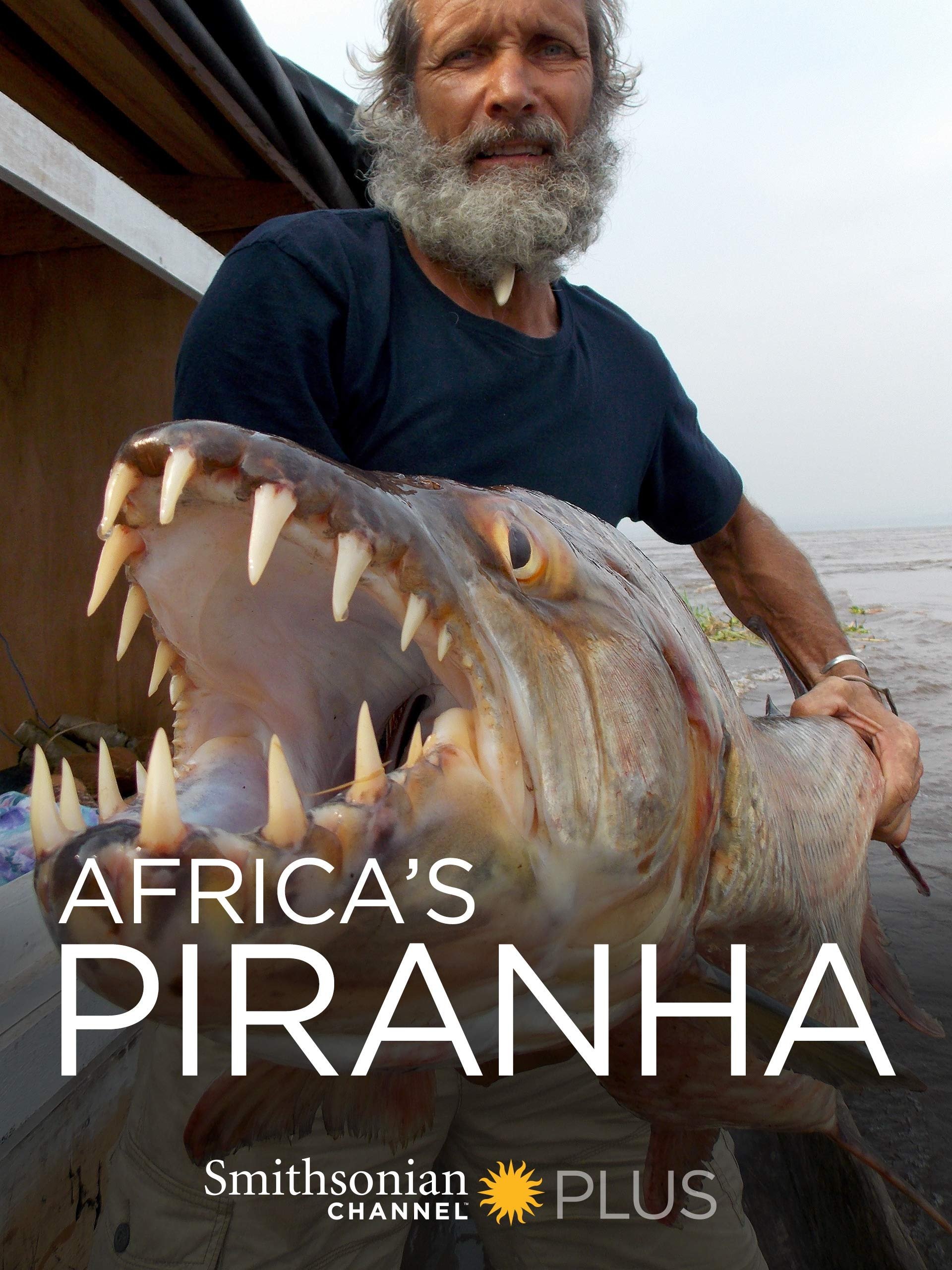
Africa's Piranha
Released on: 2014-12-01
Documentary, TV Movie
The plains of Africa have always been a hotbed of predator action, but lurking in its rivers is perh...
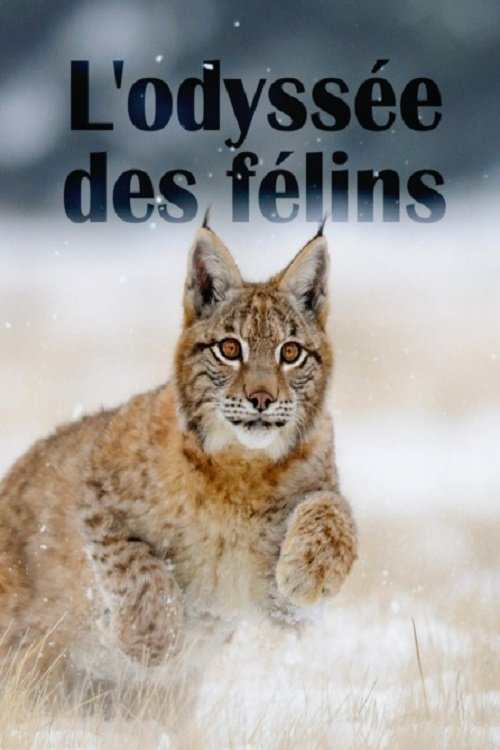
The Odyssey Of Felines
Released on: 2015-05-13
Documentary
In the company of zoologist Patrick Aryee, a discovery of the 37 species of felines that inhabit the...
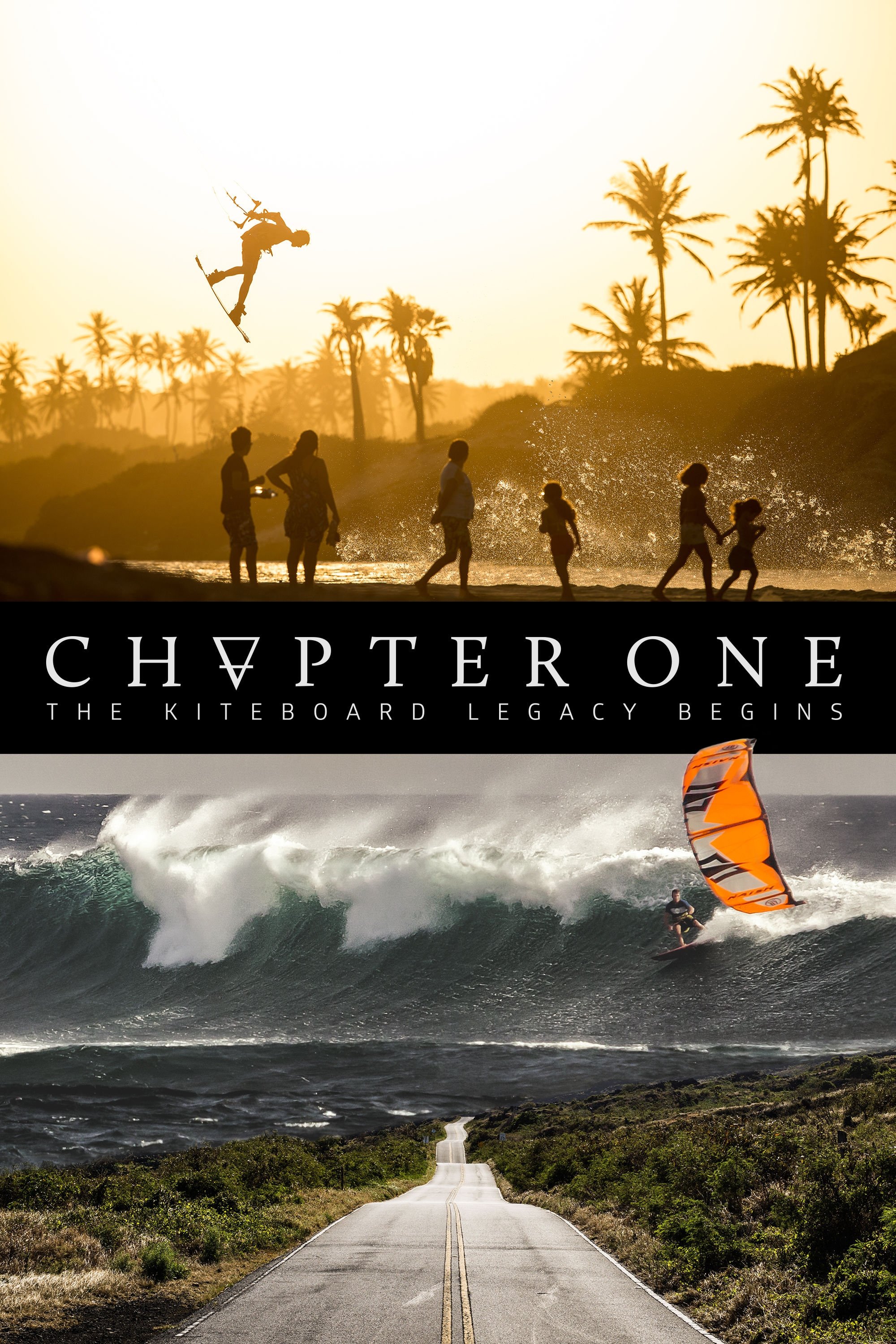
Chapter One: The Kiteboard Legacy Begins
Released on: 2016-09-22
Documentary
Adventure. Challenge. The simple joy of riding the wind. The best kiteboard riders each have their o...

Cuba, rouges années
Released on: 2017-10-23
Documentary
Documentary about the Cuban political turmoil between 1963-1970.
